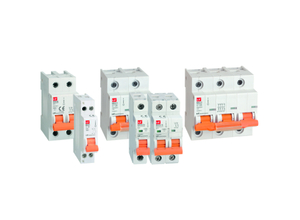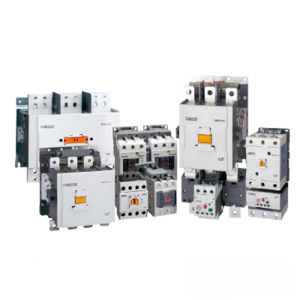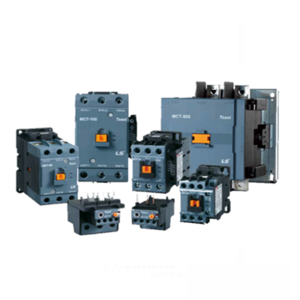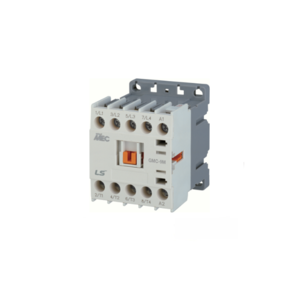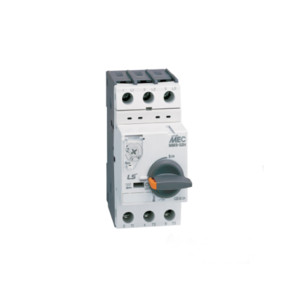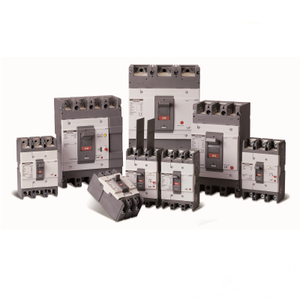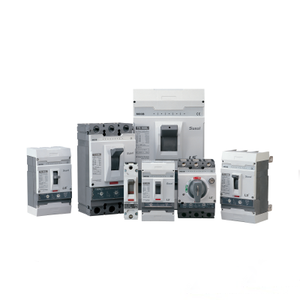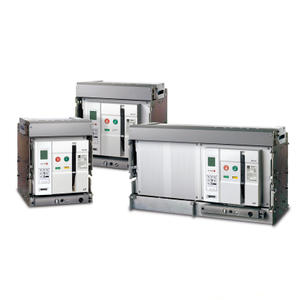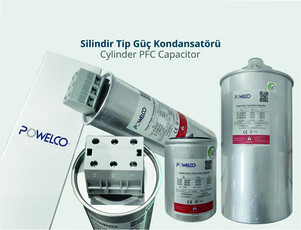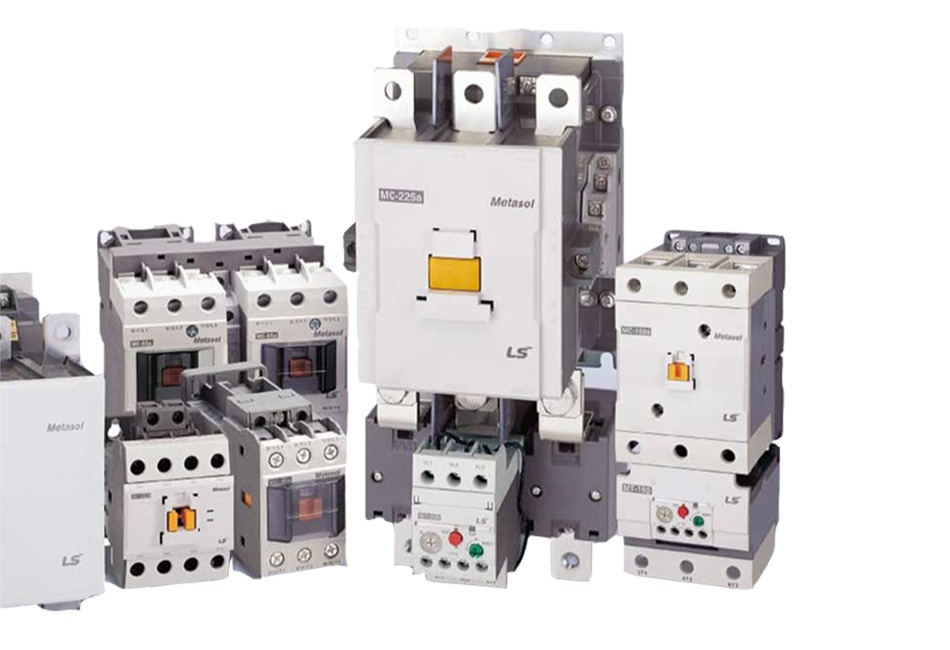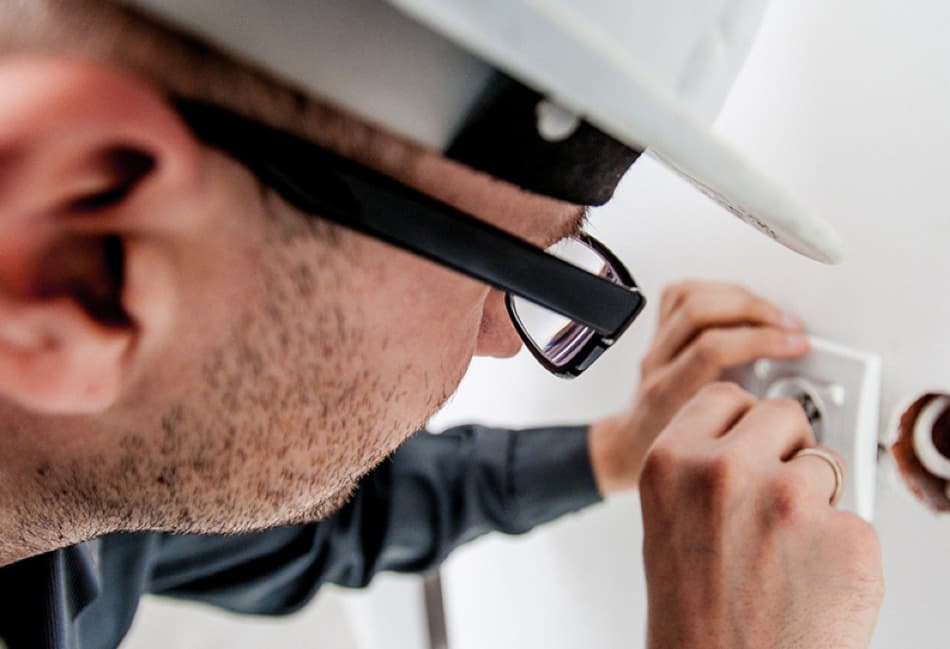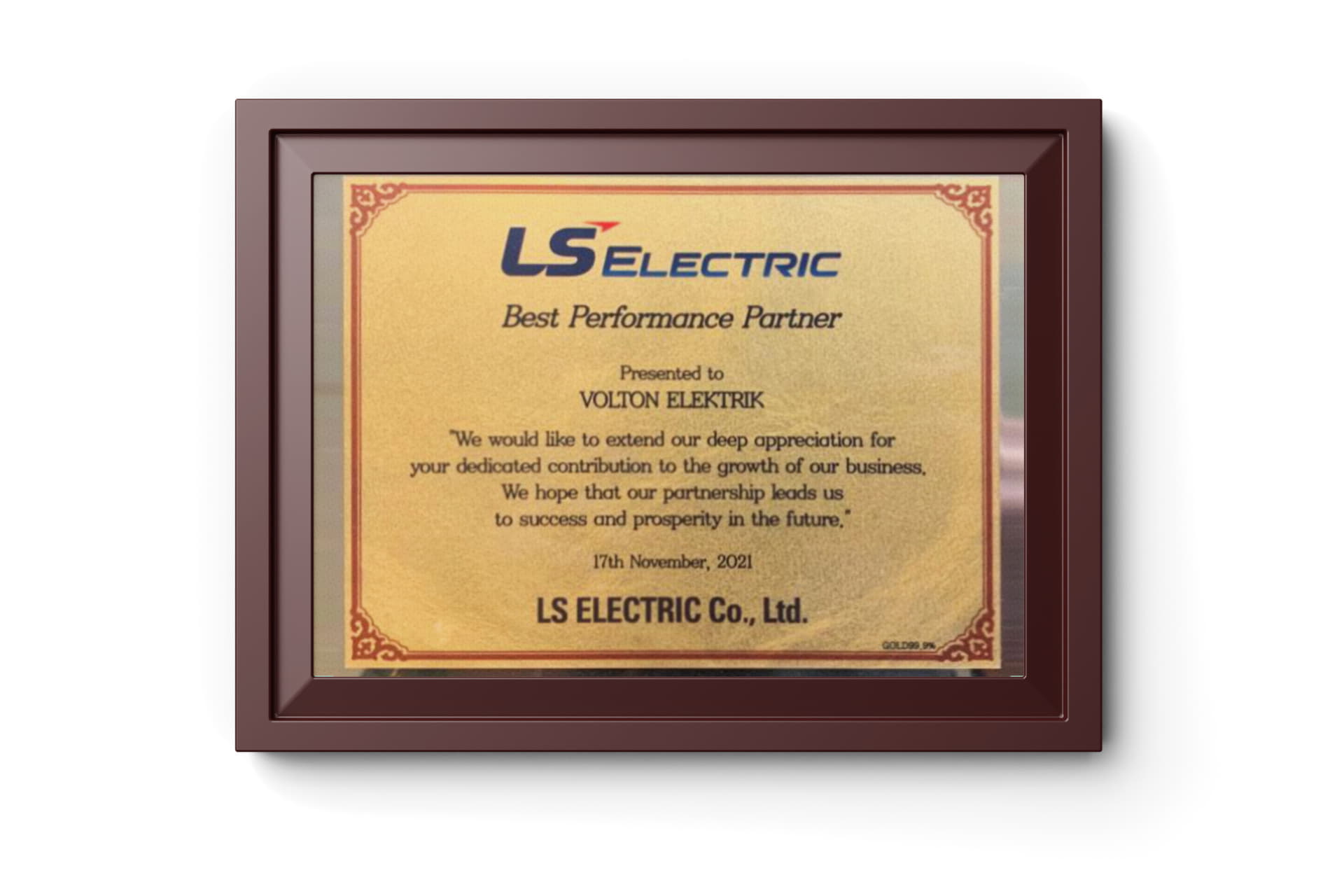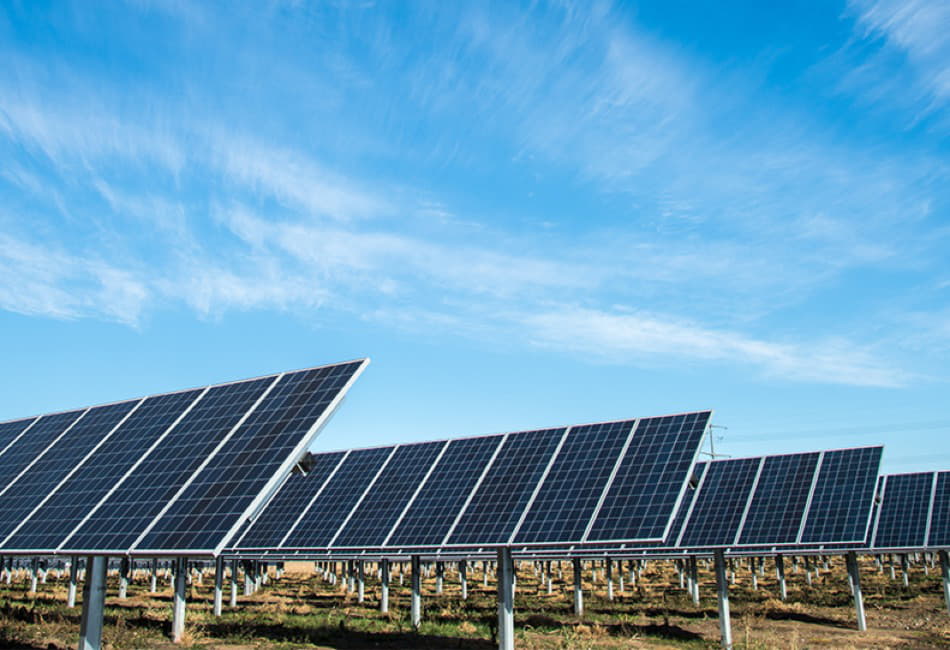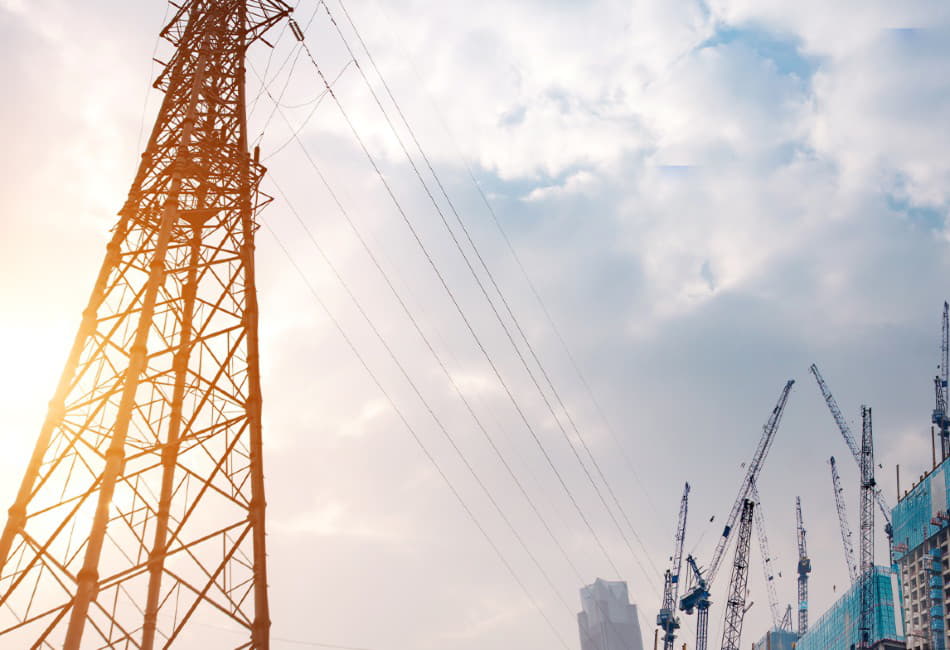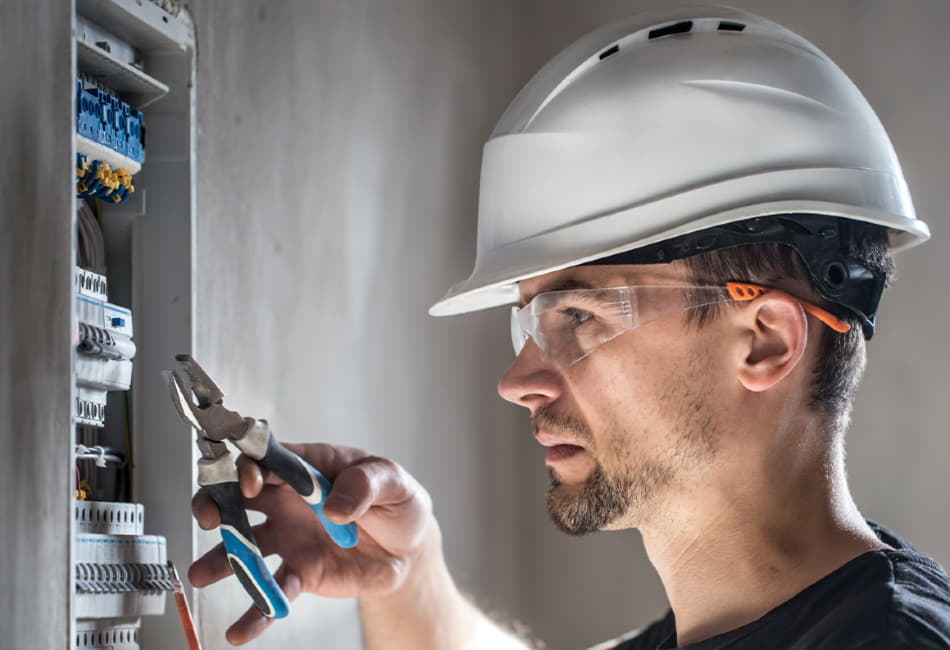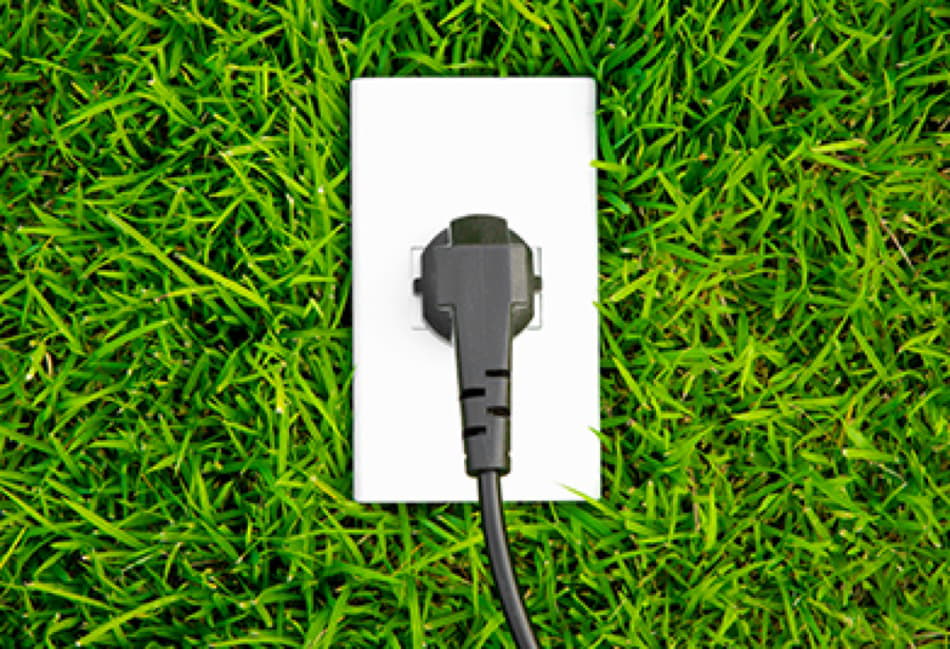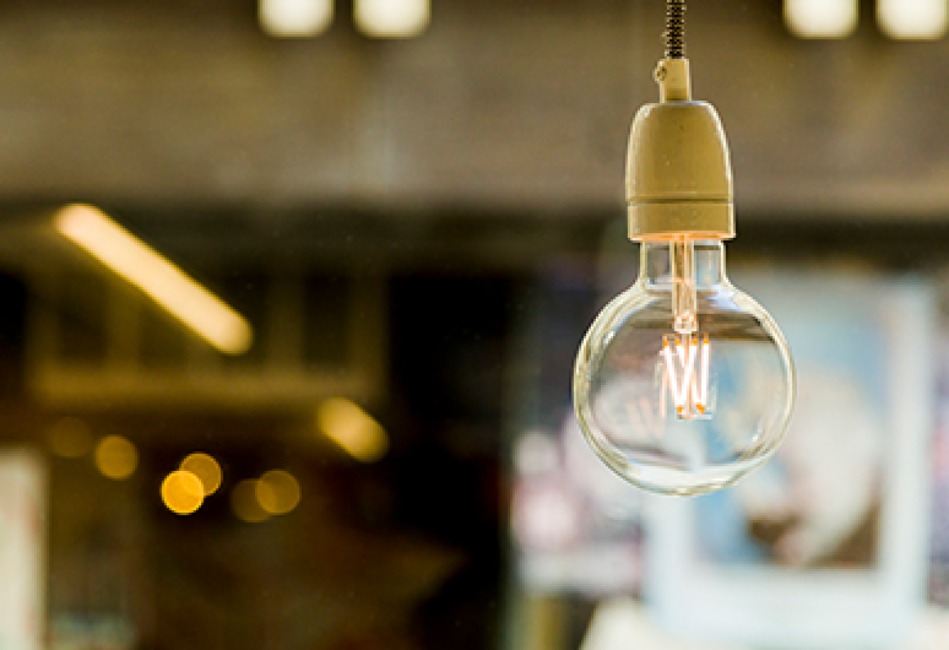What Does a Contactor Do?
The control circuit consists of electromagnetism working with a spring system. The magnetism is activated by the current flowing through the coil and the two magnetisms approach each other. This action turns off the two magnetisms. Therefore, the contacts are also closed and the springs in the system provide contact power. When the control current is interrupted, the contacts open and the main current is cut. In summary; We can say that it works with the principle of closing the main contacts as a result of the energization of the coil and opening the main contacts as a result of the de-energization of the contactor coil. This basic principle has been used for over 100 years and no new alternative has been developed yet.
Where is the Contactor Used?
Generally, contactors are used to start and stop the motor in motor starting applications. The most widely used type is the 3-pole contactor suitable for use in 3-phase systems. In addition to motor applications, there are also areas of use such as heater, lighting, DC switching. In compensation applications, compensation contactors specially produced for these applications are used.
Contactor Types
Power contactors:
Mini contactors:
Silent contactors
Compensation contactors:
Busbar type contactors: They are products that switch high power DC and AC loads. They have a completely open structure. They are preferred in heavy industrial environments and special applications such as railways.
Internal Structure of the Contactor
Let's imagine that we broke the case of a contactor. When we take a look at the contactor parts, we do not encounter a very complex structure.
1) Main contacts
2) Moving contacts
3) Fixed contacts
4) Coil
5) Outer case
6) Core
7) Coil terminals
8) We see the arc discharge channels.
Contactor Selection
While choosing the product, the choice should be made according to the load to be connected. If the load is a motor with inrush current, that is, inrush current at the time of starting, the contactor is selected according to the AC-3 current written in the manufacturers' catalogs. If a resistive heater is to be switched, it is selected according to AC-1 current. Parameters such as how many poles the load has, power value, nominal operating voltage, coil voltage, dimensions, number of internal auxiliary contacts are also factors affecting product selection. When choosing a product, special attention should be paid to the coil voltage. Because the voltage to which the main contacts are fed and the voltage to which the coil is fed may be different from each other. According to the needs of the project, the coil can be fed with different voltages such as 24VDC, 48VDC, 230VAC, 380 VDC etc.
Contactor Usage Categories
DC-6: In incandescent lamp switching
